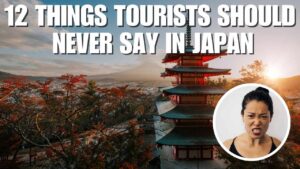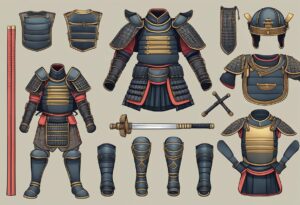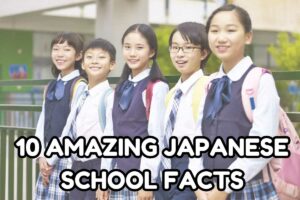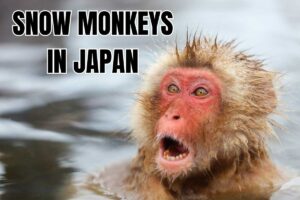For millennia, societies around the world have organized themselves into hierarchies, dividing the wider society into classes, castes, tribes, and other discriminatory social groupings.
In Japan, there is a community that has been separated and ostracized as untouchables from the pre-Meiji era to the present day.
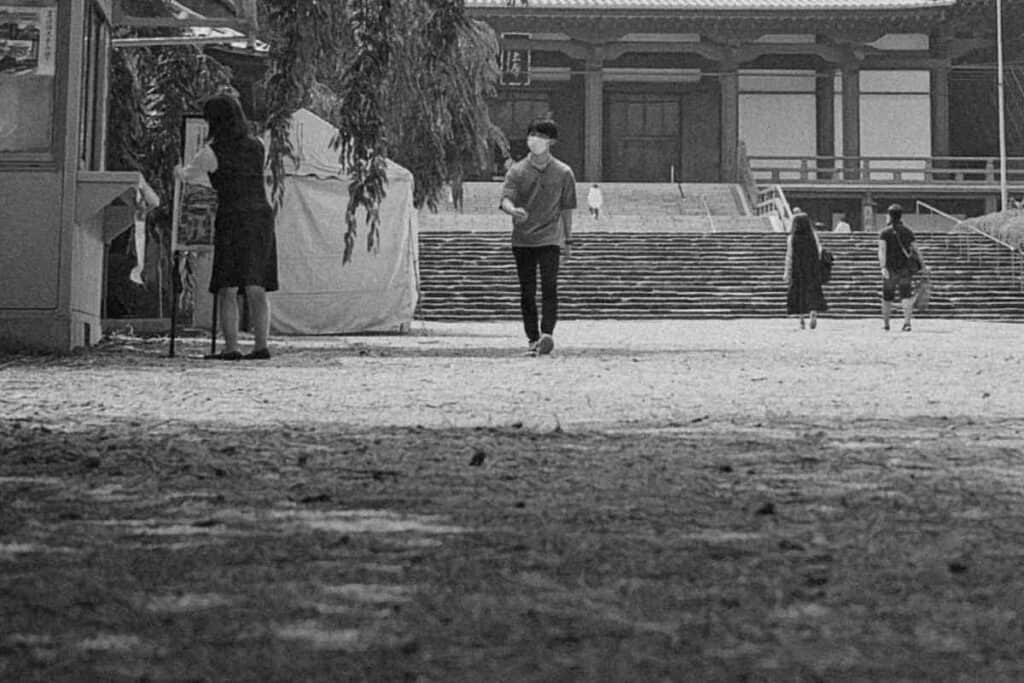
Known as the Burakumin, these families have endured discrimination within Japanese society for centuries.
In this article, we take a closer look at Japan’s Burakumin to learn who they are and why they are still fighting for equality in modern Japan.
Table of Contents
Who are the Burakumin?
The Burakumin are a community of Japanese people who have been associated with occupations that the Japanese considered defiling.
Because of this, they were traditionally kept separate from the rest of society. The word Burakumin means ‘hamlet people’, indicating their separateness from the community.
The Burakumin are associated with professions and jobs that were considered unclean
Historically Burakumin did the jobs that no one else wanted to do in Japan.
These kegare or defiled jobs include:
- Undertakers
- Slaughterhouse workers
- Butchers
- Executioners
- Tanners
- Night soil men
At certain points in Japanese history, the term was expanded to include other castes of people including Hinin (非人) who were termed non-human.
These people were street cleaners, street entertainers, beggars, ex-cons, and tramps.
Communities, where these people lived, were described in the most derogatory terms, using words that are offensive in the Japanese language today.
For this reason, the umbrella term burakumin was used. Between the 1960s and 2000s, the Japanese authorities sought to assimilate them through a range of housing and social initiatives, but this only served to identify them further and create distinct districts and neighborhoods.
The history of the Burakumin
The emergence of a special class of people that dealt with unclean things was in the Heian period (794-1185).
In this medieval, feudal society, these people were called ‘Kawata’ or ‘eta’.
They were initially not considered to be personally defiled, but over time they came to be generationally associated with the uncleanness they worked with. In fact, for people like tanners, their status gave them exclusive rights to practice their trade.
The Tokugawa shogunate’s hinin status also allowed people to beg in designated areas or complete specific menial tasks. There are examples of hinin who made great fortunes through the exclusive licenses and trades they obtained.
Following the feudal era, the 1871 Emancipation Edict abolished the outcasts but also removed their professional monopolies. This impoverished them while doing little to change their status of being unclean.
There were also Meiji-era incidents of killings and riots that targeted Burakumin. Many of their communities eventually became slums, as they were ostracized and left unable to earn a living.
Living as Burakumin in Japan today
It is estimated that there are 3 million Burakumin in Japan today.
Demographic data is often inaccurate because many Burakumin doesn’t want to be identified. The Burakumin are a sizable community and are up to 70% of the population in certain areas of western Japan.
In the big metropolitan areas, the Burakumin are not easily identified. Surveys of the population of Tokyo indicated that just 5% of residents would treat someone differently because they were a Burakumin.
However, their history of segregation has meant that the Burakumin are systematically disadvantaged and discriminated against. Here are some of the challenges the Burakumin face in modern Japan:
Poor housing and infrastructure
Burkuramin lived a segregated existence over centuries.
This led to their homes and businesses becoming deteriorated and slum-like due to a lack of investment.
In the 1960s and 70s, the Japanese government spent trillions of yen in upgrading Burakumin neighborhoods, with new housing projects, schools, and communities to help remedy this issue.
This program was known as the Special Measures Law for Assimilation Projects 同和対策事業特別措置法.
Poverty and deprivation
With the abolition of monopoly access to their traditional trades, the Burkuramin quickly became impoverished and this relative poverty has persisted in Burakumin communities to the present day.
A key driver is the lower educational attainment, difficulty in getting jobs, and poor integration into mainstream society that the Burakumin have endured for centuries.
Discrimination
Like many untouchable castes around the world, the Burakumin are overtly and covertly discriminated against.
The ability of the Burakumin to fully access and engage in civil society is hampered by the perception that they are different and inferior, meaning that they are discriminated against for employment or in marriages. This further compounds their limited social mobility.
Even non-Burakumin who work jobs or live in areas that are traditionally associated with the Burakumin find themselves discriminated against. A recent example is abattoir workers who revealed a sustained campaign of hate mail against them.
There have been major scandals involving big companies like Nissan, Honda, and Toyota who paid for an infamous book that detailed the family lineages and addresses of Burakumin communities.
‘A Comprehensive List of Buraku Area Names’ (特殊部落地名総鑑) was found to exist in the mid-1970s and was being used to discriminate in employment and avoid marriages that were deemed socially unfavorable.
Association with organized crime
Burakumin have high rates of Yakuza (Japanese mafia) membership adding to the stigma the entire community faces.
Many of the tattoos that the Yakuza have can be traced back to periods when the Burakumin were tattooed or marked as unclean.
It is suggested that almost two-thirds of the entire Yakuza crime network are Burakumin, with Burakumin members forming 70% of the members of the largest Yakuza clan, the Yamaguchi-Gumi.
The Burakumin civil rights movement
By the early 20th century Burkuramin community leaders had begun to organize and agitate for change.
The first campaign in the 1920s called for a leveling of society and the advancement of civil rights. Politically active Burakumin were also keen to raise the self-esteem of Burakumin communities and create a positive identity for them.
Following WWII, the Burakumin formed the National Committee for Burakumin Liberation. This highly organized and vocal group has continued to the present day. They have achieved many necessary concessions for Burakumin communities, particularly during the 1960s and 70s.
Tadashi Yannai, Japan’s richest man is a Burakumin and comes from a family that was active in the Burakumin civil rights movement.
Rounding up
The Burakumin have continued to be a discriminated group in modern Japan, though in large cities, there have been greater opportunities for assimilation.
Being Burakumin is still enough of a stigma for many families to not tell their children their ancestry and pursue marriages that are outside of the community.
This unjust practice of considering people as less than others or social pariahs introduces problems in every society and community where it is practiced, so this discrimination must be ended as quickly as possible.
- 12 Things Tourists Should NEVER Say in Japan
- Kissing Robot: Exploring the Popularity of the Chinese Kissing App
- Unlocking the Secret Dating Rituals Only Locals Know in Japan
- Samurai Armor: Ancient Protection for Japan’s Elite Warriors
- 10 Amazing Facts About Schools in Japan: Unique Traditions and Educational Practices
- Where can you see snow monkeys in Japan: Best locations and viewing tips

